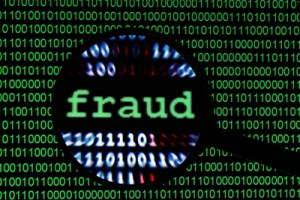Email is one of the most important means of communication at work. You receive and open several email messages every day. But how often do you check to see if the email message is actually from your co-worker? What if I told you the next email your CEO sends you could be a fake?
According to the Financial Times, “There is a new email scam known as “CEO Fraud,” with more than 12,000 victims affected globally.” Not only is the number of victims alarming, but it has also claimed over $2 billion from organizations. This new scheme involves someone pretending to be an executive within a company and sending an email to the financial department instructing them to transfer funds immediately to an offshore account. After this has been done, the funds are often impossible to recover from this rapidly growing scam.
CEO Fraud isn’t like other phishing scams, these spoofed emails from crooks rarely get caught in the spam filter because they’re more targeted. They’re able to successfully create and send these targeted emails because they take the time to understand the organization’s purchasing plans, activities, and relationships. So when an employee receives one of these emails, it actually sounds and looks like it’s coming from within the organization.
What are some ways to prevent this from happening?
– Require dual authorization and verification to mitigate risk
– Educate your employees frequently about new schemes
– Review your bank account periodically to check for inconsistencies
– Cross-check with accounting department by phone call verification
– Purchase domain names that are similar to the ones used by your organization
If you want to learn more about how we keep our clients’ email systems safe and secure, please contact us at 919-779-0954 or schedule a demo.

